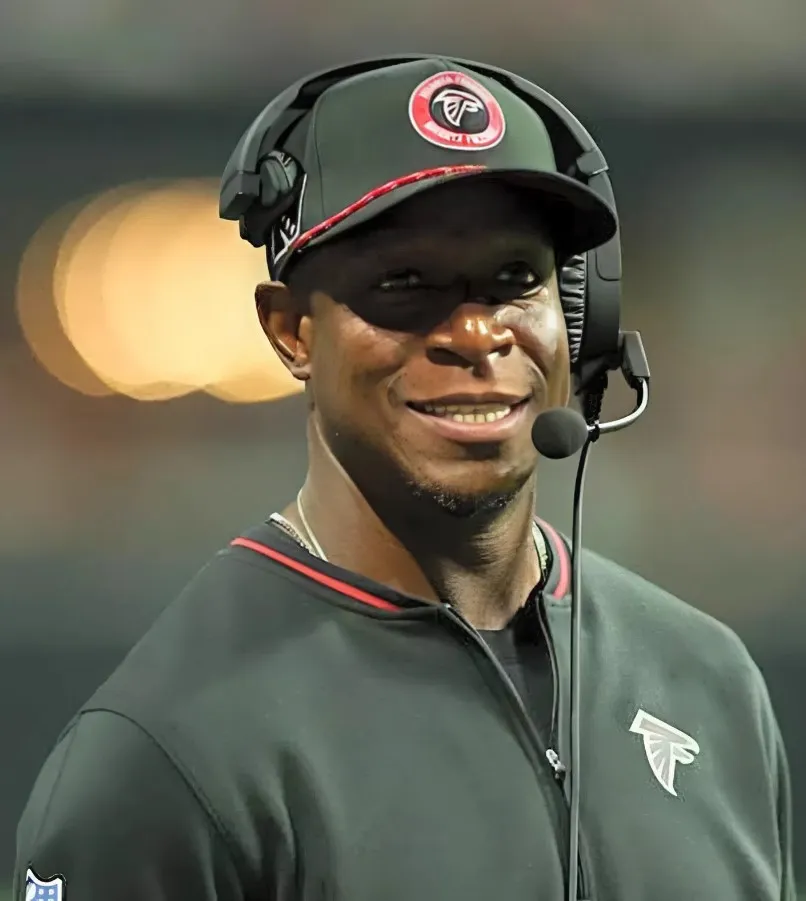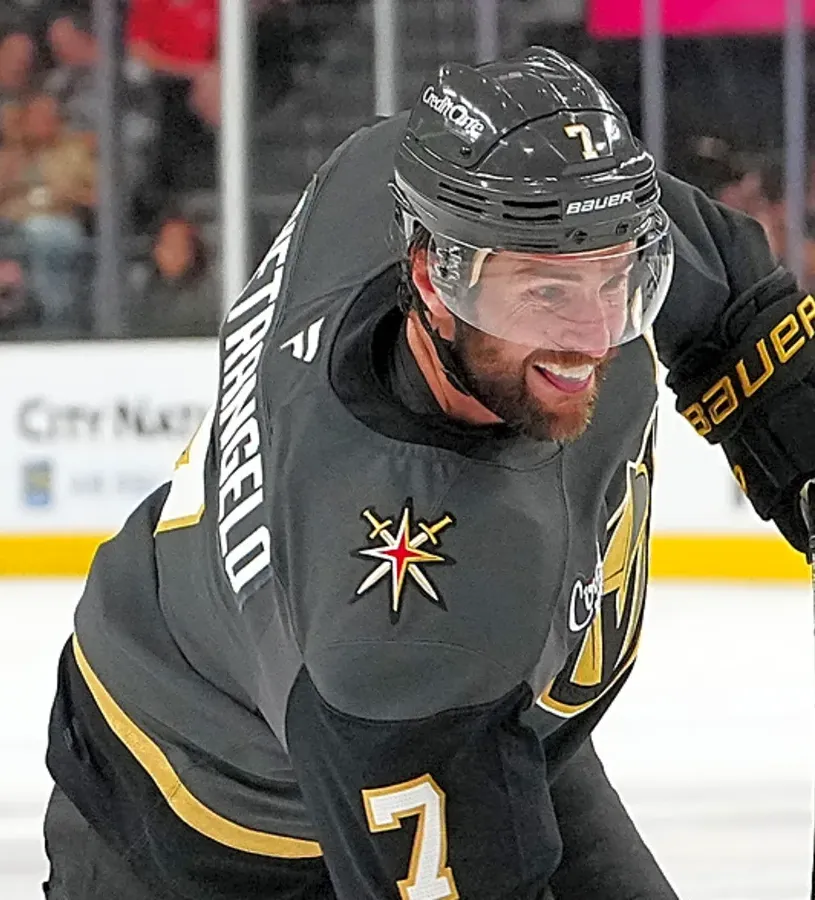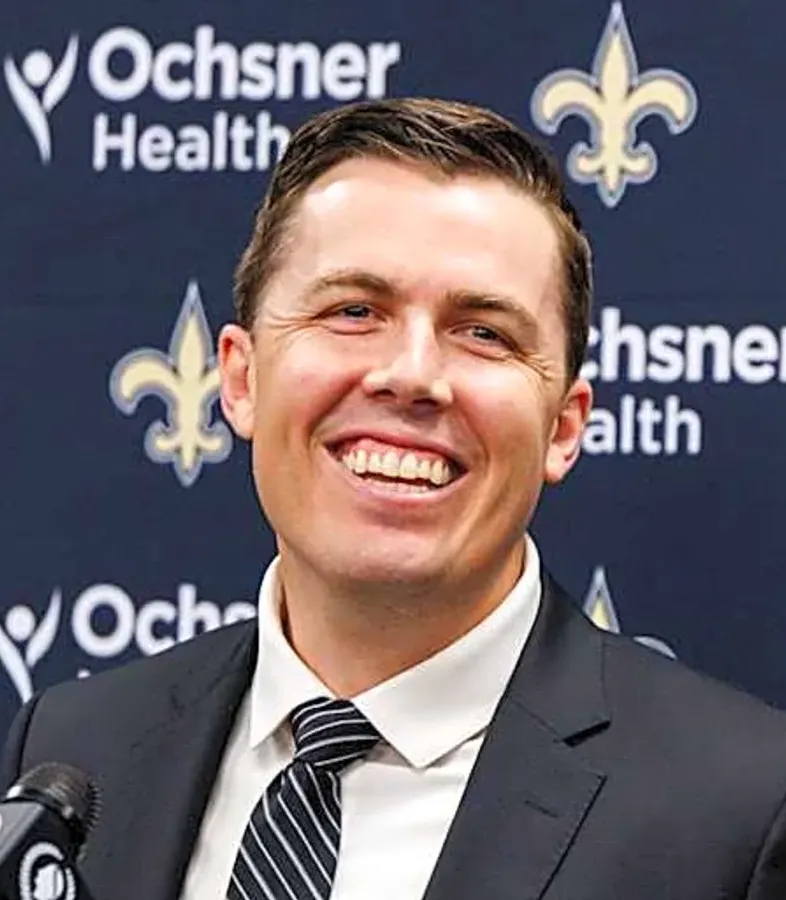-1751464912-q80.webp)
Whoops!
Page not found!
The page you are trying to reach cannot be found. In the meantime feel free to search or check out the articles below.
-1751464912-q80.webp)
-1751463396-q80.webp)
Death Threats Over a Key?! American Idol Winner Jamal Roberts Stuns Fans by Refusing Hometown Honor!


-1751464068-q80.webp)







